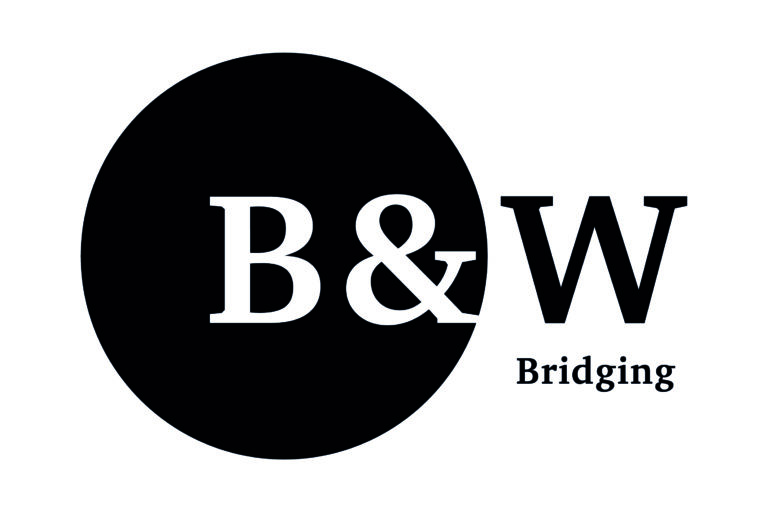As a principal funder, collateral warranties are used as a supporting document to a primary contract where an agreement needs to be put in place with a third party outside of the primary contract. Sometimes an architect, contractor, or sub-contractor will need to warrant to a funder that it has fulfilled its duties under a building contract. Collateral warranties create a contractual link where none had previously existed and give these interested third parties a right to bring a contractual claim against the parties that designed or built the project.
What does a collateral warranty include?
It is important that a collateral warranty is consistent with the underlying contract that it relates to and there are certain clauses that would be expected in any collateral warranty such as:
• A covenant that the warrantor has and is continuing to fulfil their obligations under the underlying contract (be that the building contract, appointment, or sub-contract) and will carry out any design with reasonable skill, care & diligence.
• The granting of a copyright licence to use/reproduce any designs, drawings, calculations etc produced by the warrantor; and
• An obligation to maintain professional indemnity insurance at a certain level for a set number of years following completion of the project.
Collateral warranties may also include various caps on liability which seek to limit the warrantor’s liability to the beneficiary of the collateral warranty. Such clauses can include a financial cap on the warrantor’s liability, a net contribution clause but we cannot accept the vast majority of these as each 3rd party must be fully liable for any loss attributed to them.
Key points:
• The promise to perform the underlying contract.
• ‘Equivalent rights of defence’ wording.
• Granting of copyright licence with reasonable conditionality.
• Step-in rights in favour of the Lender so that we can utilise the contract in event of default of the mortgage.
• Reasonable limitation provisions.
• Assignment
It is worth noting that as the warrantor’s covenant (that they are fulfilling their obligations under the underlying contract) is only as strong as that underlying contract. Any review of a proposed form of collateral warranty must not be undertaken in isolation and a copy of the underlying contract must be provided to ensure it includes all the key terms.
Why are collateral warranties and third-party rights needed?
A construction or engineering project needs collateral warranties or third-party rights for three main reasons:
• Privity of contract prevents third parties relying on other people’s contracts. Unless you are a party to a contract or section 1(1) of the Third-Party Rights Act 1999 applies, you cannot enforce a term of a contract and as a development funder, we need to be able to enforce these contracts
• They provide construction security. If something goes wrong on a project, a funder does not want to be out of pocket; it wants to be able to claim its losses directly from the person who caused the loss, such as an architect or a contractor. Without a collateral warranty or third-party rights, a funder may be unable to make an effective claim.
• A claim in tort is unlikely to succeed. The law of tort in England and Wales does not generally allow a claim for pure economic loss, such as damage caused to a building by a defect in that building; you need a contract.
What is the difference between collateral warranties and third-party rights in practice?
In one sense, there is no difference in practice between collateral warranties and third-party rights on a construction or engineering project. Either may give effective construction security.
However, collateral warranties remain popular, in part because:
• They are familiar. Historically, construction lawyers are more familiar with collateral warranties. Once a collateral warranty is formally entered into, it is a contract like any other. Even though they have been available for ten years, third party rights are a more recent creation of statute.
• It may be easier to grant step-in rights. If a borrower (such as a developer) becomes insolvent, a funder wants to be able to step into its shoes to complete and sell the project for the best price. Some argue it is easier to include effective step-in rights in a collateral warranty. However, those who prefer third party rights feel it is just as straightforward in practice to use third party rights to grant step-in rights.
When Bath & West Finance ask a third party to sign a collateral warranty, we are not trying to catch anyone out or put further liability on the contractor, other than the original appointment/contract with our client for any contracted works. This is merely to ensure full continuity of a project due to any unforeseen eventualities where as a lender, we do need to take charge of any given contract and protect everyone’s invested interest in the project until all works have been completed.
